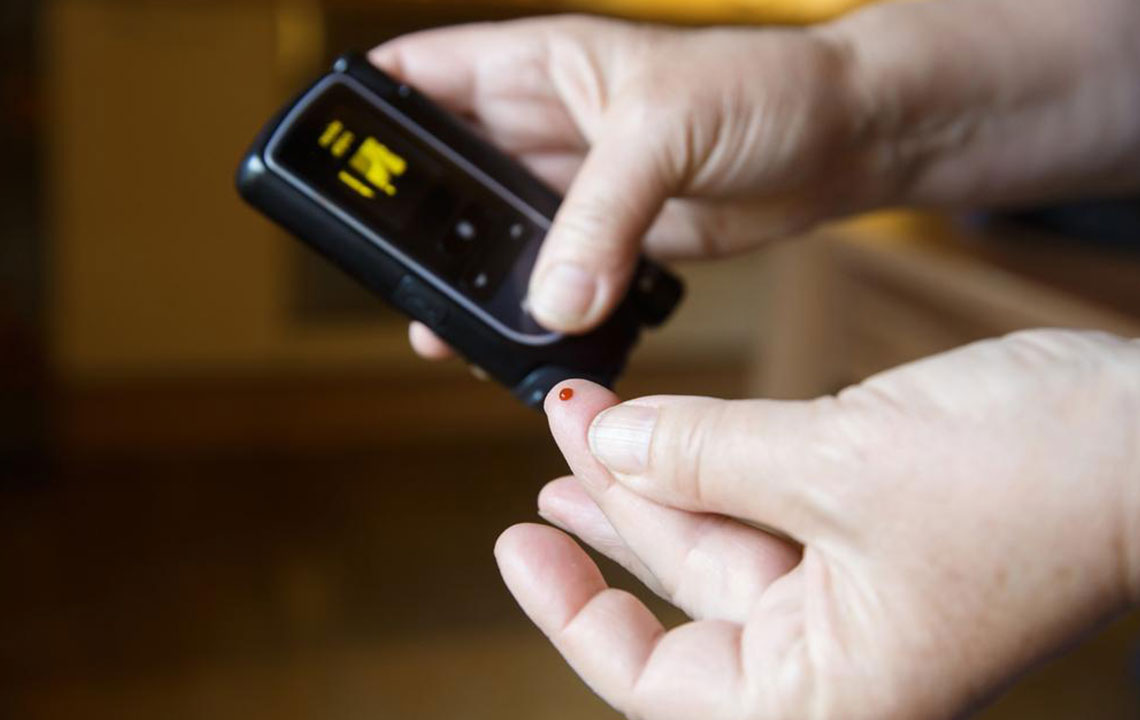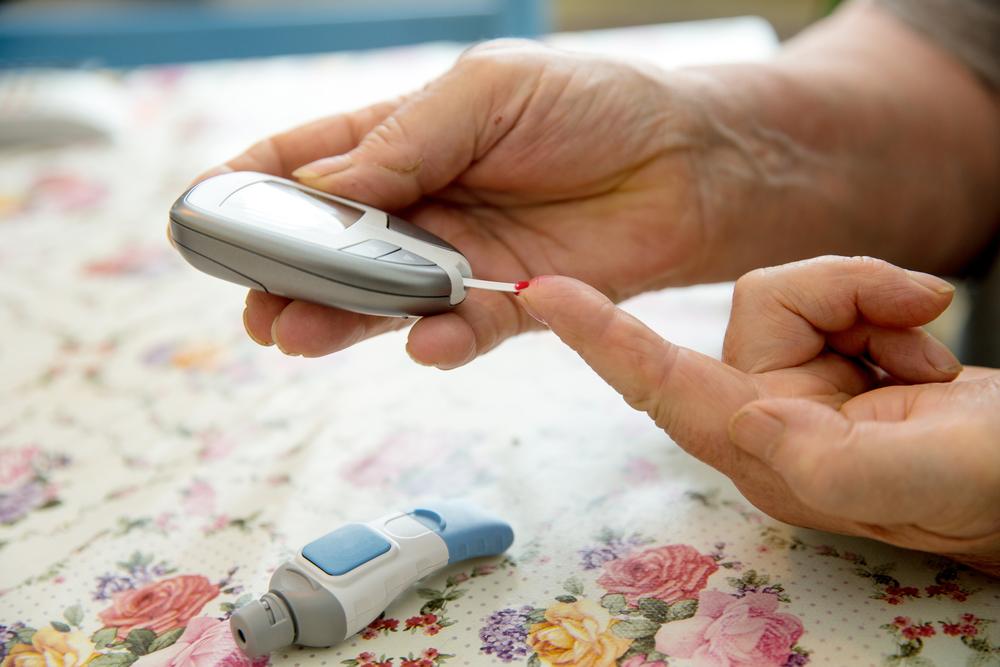Comprehensive Guide to Type 1 Diabetes: Causes, Symptoms, and Effective Management Strategies
This comprehensive guide covers all essential aspects of type 1 diabetes, including its causes, symptoms, diagnosis, and management strategies. It emphasizes the importance of insulin therapy, lifestyle changes, and early detection to help individuals live healthier lives while minimizing complications.

Comprehensive Guide to Type 1 Diabetes: Causes, Symptoms, and Effective Management Strategies
Type 1 diabetes mellitus, commonly known as juvenile diabetes, is a chronic autoimmune condition that primarily affects children and young adults, although it can develop at any age. This condition occurs when the body's immune system mistakenly attacks and destroys the insulin-producing beta cells in the pancreas. As a result, individuals with type 1 diabetes cannot produce enough insulin, which is essential for regulating blood sugar levels. Understanding the intricacies of this disease—including its causes, symptoms, and management—is crucial for those affected and their caregivers to lead healthier, more manageable lives.
The Critical Role of Insulin in Human Health
Insulin is a hormone produced by the pancreas that plays a vital role in regulating blood glucose levels. When we eat food, especially carbohydrates, our digestive system breaks down these nutrients into glucose, which enters the bloodstream. Insulin acts as a key that unlocks body cells—such as muscle, fat, and liver cells—allowing glucose to enter and be used as energy or stored for future use. Without sufficient insulin, glucose cannot enter these cells, resulting in its accumulation in the bloodstream, a condition known as hyperglycemia.
High levels of glucose in the blood pose serious health risks. This excess sugar leads to various complications, primarily affecting the body's vital organs and systems. When blood sugar remains elevated over time, it can damage tissues and blood vessels, increasing the risk for severe health problems.
Some of the significant health issues associated with unmanaged or poorly controlled type 1 diabetes include:
Dehydration
Elevated blood sugar levels cause the kidneys to work harder to eliminate excess glucose through urination. This increased urination results in significant water loss, leading to dehydration, which can cause dizziness, weakness, and other complications.
Unintended Weight Loss
Since glucose is lost through frequent urination, the body loses calories, which can lead to unexplained weight loss despite normal or increased food intake.
The long-term impact of persistent high blood sugar includes damage to small blood vessels and nerves, especially in sensitive areas such as the eyes, kidneys, and heart. Such damage can lead to diabetic retinopathy, nephropathy, neuropathy, and an increased risk of cardiovascular diseases, including strokes and heart attacks.
Despite being less common than type 2 diabetes, type 1 affects approximately 5% of the diabetic population globally. It usually manifests around the age of 20 but can occur earlier in childhood or during adulthood. It affects both men and women equally, emphasizing the importance of awareness across all demographics.
What Causes Type 1 Diabetes?
The exact cause of type 1 diabetes remains elusive, but medical research indicates a complex interplay of genetic, environmental, and immune system factors. Individuals with a family history of autoimmune diseases or type 1 diabetes are at higher risk of developing the condition. Certain genes related to immune regulation influence susceptibility, but lifestyle factors are currently not considered significant contributors, unlike in type 2 diabetes.
Autoimmune triggers, possibly including viral infections or environmental factors, may initiate the immune response that leads to destruction of pancreatic beta cells. Additionally, people with other autoimmune conditions like vitiligo are more prone to developing type 1 diabetes.
Recognizing the Symptoms of Type 1 Diabetes
Early detection of type 1 diabetes can significantly improve management and reduce the risk of life-threatening complications. Initial symptoms often develop rapidly and may include:
Persistent excessive thirst (polydipsia)
Increased hunger (polyphagia)
Dry mouth and frequent urination (polyuria)
Unintentional weight loss despite normal or increased appetite
Blurred vision
Recurrent skin infections or slow-healing wounds
In cases where blood glucose levels reach dangerously high levels, emergency symptoms may manifest, such as confusion, shaking, rapid breathing, abdominal pain, and in severe cases, loss of consciousness. Recognizing these signs early and seeking prompt medical attention can be life-saving.
Diagnosing Type 1 Diabetes
Diagnosis of type 1 diabetes involves comprehensive blood tests to evaluate blood glucose levels. Common diagnostic procedures include:
Fasting blood glucose test
Oral glucose tolerance test (OGTT)
Hemoglobin A1c test to assess average blood sugar over the past 2-3 months
Urine tests for glucose and ketones
Currently, there are no known methods to prevent the onset of type 1 diabetes, but early detection and management can significantly improve quality of life and reduce complications.
Managing Type 1 Diabetes Effectively
While living with type 1 diabetes poses challenges, modern treatment methods enable individuals to manage their condition effectively and lead active, healthy lives. The cornerstone of management is consistent blood sugar monitoring and insulin therapy.
People with type 1 diabetes usually require lifelong insulin administration. This can be achieved through multiple daily injections or the use of an insulin pump, which provides continuous insulin delivery. Understanding the onset, peak, and duration of different insulin types allows for optimal control of blood glucose levels.
Blood glucose monitoring should be conducted regularly—before meals, after meals, at bedtime, and as recommended by healthcare providers. Advanced glucose monitoring systems, including continuous glucose monitors (CGMs), have made tracking easier and more accurate, allowing for real-time adjustments and better glycemic control.
In addition to insulin therapy, lifestyle modifications play a significant role. A balanced diet rich in complex carbohydrates, fiber, healthy fats, and protein supports steady blood sugar levels. Regular physical activity enhances insulin sensitivity and overall health. Working with dietitians and diabetes educators ensures personalized strategies that fit individual needs, preferences, and daily routines.
Potential Complications of Uncontrolled Type 1 Diabetes
If blood sugar levels are not properly managed, the risk of developing serious long-term complications increases. These include:
Diabetic Retinopathy: Damage to the small blood vessels in the eyes can lead to vision loss.
Diabetic Nephropathy: Kidney damage that can progress to kidney failure if not treated.
Nerve Damage (Neuropathy): Leads to numbness, pain, and loss of sensation in extremities.
Cardiovascular Disease: Increased risk for heart attacks, strokes, and peripheral artery disease.
Foot Problems: Due to nerve damage and poor circulation, leading to ulcers and infections that may necessitate amputation.
Preventive care, routine screenings, and adherence to treatment plans are essential to reduce these risks and maintain quality of life.





